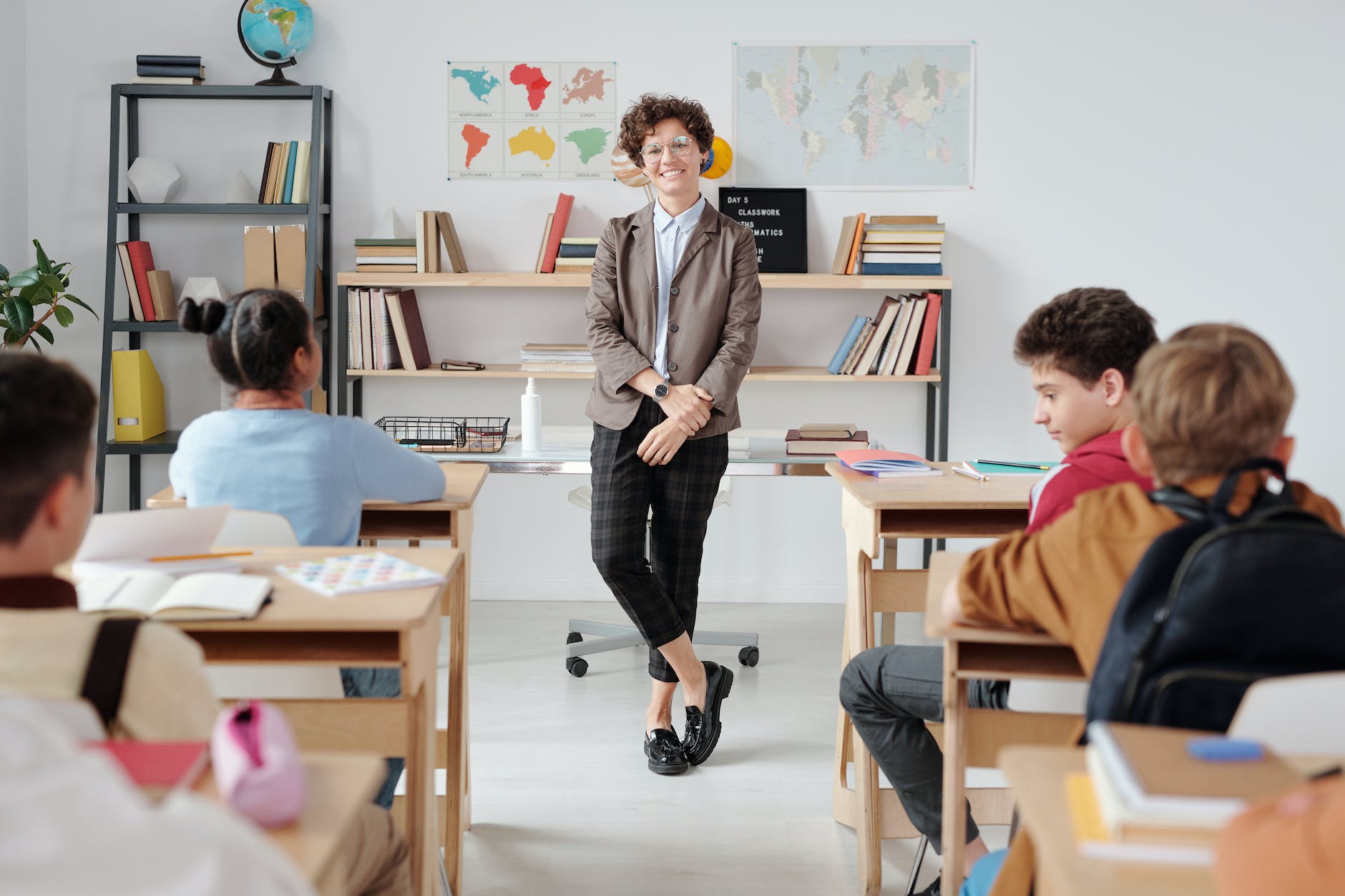As an experienced educator, organizing the classroom poses one of the greatest challenges. Maintaining order amidst thirty-plus students who find it amusing to hide each other’s belongings can be quite a feat. However, over the years, I have realized the power of organization, which needs to be considered. When everything has a designated place in the classroom, the teacher’s and students’ minds are calmer. Let me share some tips on how to organize classrooms for enhanced learning.
Start with the Obvious
To create an organized classroom, begin with the most obvious areas: desks or tables, storage cabinets for schools, shelving units, and any other spaces where student materials are typically kept. Ensuring that these areas have sufficient room and are easily accessible to every student is the first step towards creating an organized environment.
Purge Unnecessary Items
There is something immensely satisfying about purging unnecessary items from any space, and classrooms are no exception. Go through every closet or storage cabinet in the school and remove furniture items that no longer serve their intended purposes or do not align with your desired atmosphere. Organize folders by year to prevent last year’s class files from cluttering up the current space. Delete old computer files from shared drives that no longer serve work purposes. Are printers collecting dust? It’s time to arrange for their disposal through pavement pickups!
Label Everything
Labels provide us with a sense of order and direction. By labeling items, we create defined boundaries and help everyone understand where things belong. Labeled bookshelves offer cues to children as they learn organizational skills. Labeling different spaces based on their purpose allows for individuality and easy identification. For example, labeled boxes at hand give students quick access to items like scissors without the need to ask their peers. Even dedicated labels for “lost” or “found” bins can make a significant difference in keeping loose ends tied together.
Use Desk Organizers
While desk organizers may take up additional space initially, they save time and energy during long class days. Popular desk organizers include those designed to hold pencils, pens, and sticky notes, keeping everything within reach and minimizing potential disputes over pencils. You can find these organizers at specialized shops or online stores like Amazon. They will help your students stay organized throughout their lessons.
Create a Central ‘Lost & Found System
Ah, the infamous lost and found box! Few things generate more unpleasant emotions than realizing how frequently students misplace their belongings. As teachers, we are well aware that this leads to unwanted chaos in the classroom. To address this issue, create a designated area to store misplaced student items. Consider placing it near the front of the room or the main entryway to emphasize the importance of organization when students enter your classroom.
Optimize Classroom Configuration
One approach to optimizing space utilization is to arrange desks facing each other instead of against the walls. This arrangement not only maximizes available space but also encourages student interaction. It allows you to monitor various areas while creating opportunities for natural light optimization.
Multi-Use Furniture Artifacts
Consider using stacking or nesting stools that can also serve as storage containers. This innovative approach allows students to sit on them like benches while storing books within, promoting creativity and productivity.
Optimize Wall Space
Everyone benefits from reminders, such as upcoming exam dates or inspirational quotes, being easily visible. While whiteboards are practical, why not go beyond and utilize other resources like chalkboards, which have been shown to improve memory retention? Additionally, hanging tapestries depicting national or regional themes can foster a sense of pride and cultural appreciation while students engage in their studies and meet homework deadlines.
In conclusion, organizing a classroom is essential for creating a physically improved space and promoting a sense of calm and order. It teaches students valuable organizational skills that extend beyond the classroom. By implementing these tips, such as purging unnecessary items, labeling everything, and optimizing wall space, you will experience increased productivity and a newfound sense of relaxation in your organized classroom.

